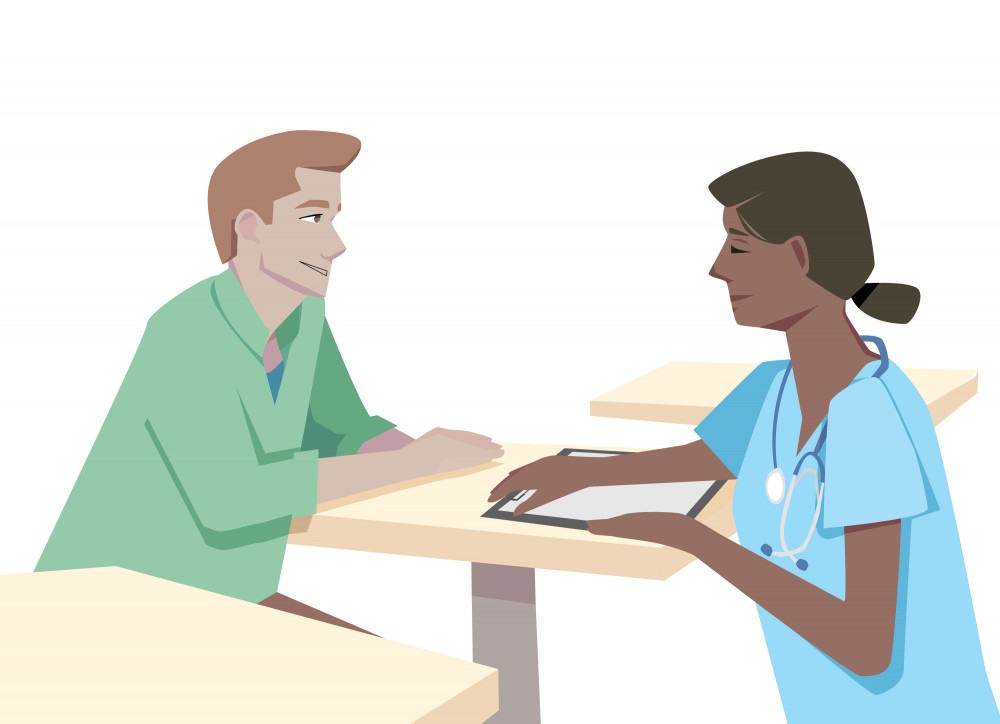The University of Minnesota’s anesthesiology department released a new collaborative online course on quality and safety for their residents in summer 2019, and improved the class for the fall after gaining student input.
The course, called Quality Improvement and Safety, aims to train anesthesiologists and to develop physician leaders. Before the course was created, residents completed several different modules and struggled to fit an in-person lecture into their busy schedules.
This updated curriculum allows residents to interact in discussions with each other and consult with a variety of University medical experts any time through online chats.
There was no formal standard resident education on quality about three years ago, said Joyce Wahr, a professor in the Department of Anesthesiology and one of the medical experts for the course.
What is offered in medical school is not standardized across the country. Students arrive with different knowledge bases, Wahr said.
However, the Accreditation Council for Graduate Medical Education requires quality and safety training like the course.
“ACGME clearly wants residents to know how to do quality improvement, but by that vague statement,” Wahr said. “We’d just put a check in the box.”
The council does not specify how to achieve that, Wahr said. The course does more than just meet the council’s requirements.
“This is our chance … really graduating residents that when they leave here, they really know how to walk into a private practice,” she said, “[And can] recognize areas that could be improved.”
This course offers students a typical online course experience. After the summer run, residents gave feedback to the department to amend the course for the fall.
The flipped-classroom style allows them to interact with the material and each other in various weekly discussions online instead of in a classroom, Wahr said.
It was requested that anesthesiology residents receive a structured quality assurance course where they can actively participate in quality assurance activities, said Joss Thomas in an email to the Minnesota Daily. Thomas is the course instructor and vice chair of education in the Department of Anesthesiology.
The department’s goal is to train anesthesiologists, but also to develop physician leaders who can lead quality assurance initiatives in the workplace, he said in the email.
The course is required for anesthesiology residents and is tricky to fit in with the rest of the clinical learning demands of the program, Thomas said in the email.
“The reality is that residency is an extremely demanding period of training and requires a dedicated and disciplined mindset to become an outstanding anesthesiologist,” he said in the email.
Karyn Baum, creator of the original course and a professor of medicine at the University, said the department specifically made the course online to tailor to residents’ busy schedules.
“You have to think about how you can help them learn when they may all be on these very different schedules,” she said. “They can do it when they have time, when they’re not attending to patient-care.”
This was the first time the department took what was a formal two-credit class and put it online, Baum said.
“One of the challenges that we’re all facing right now as physicians is how to make sure that we all understand as part of our role that it’s our job to do two things at once,” she said. “It’s our job to improve the health of our patients. It’s also our job to improve the health of our care systems.”
Through this course, faculty in the Department of Anesthesiology said they hope to do just that.
“If we’re not teaching our residents how to do [quality improvement], they’re going to get out there and have absolutely no opportunities to improve healthcare and move things along,” Wahr said.
The in-person lecture class was not teaching this as effectively, she said.
“Medicine has traditionally been a gray-hair stands up front droning on and on and on,” Wahr said.








